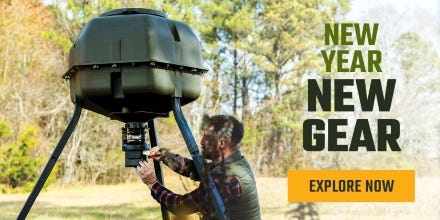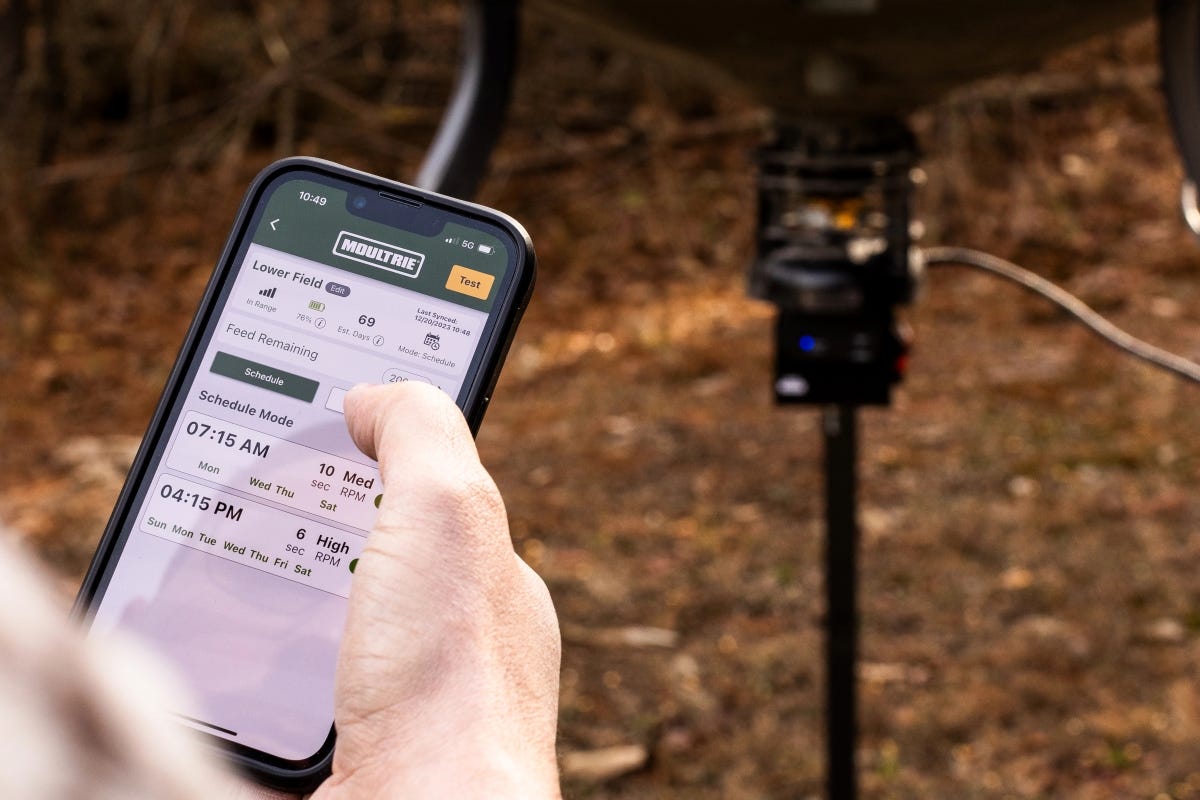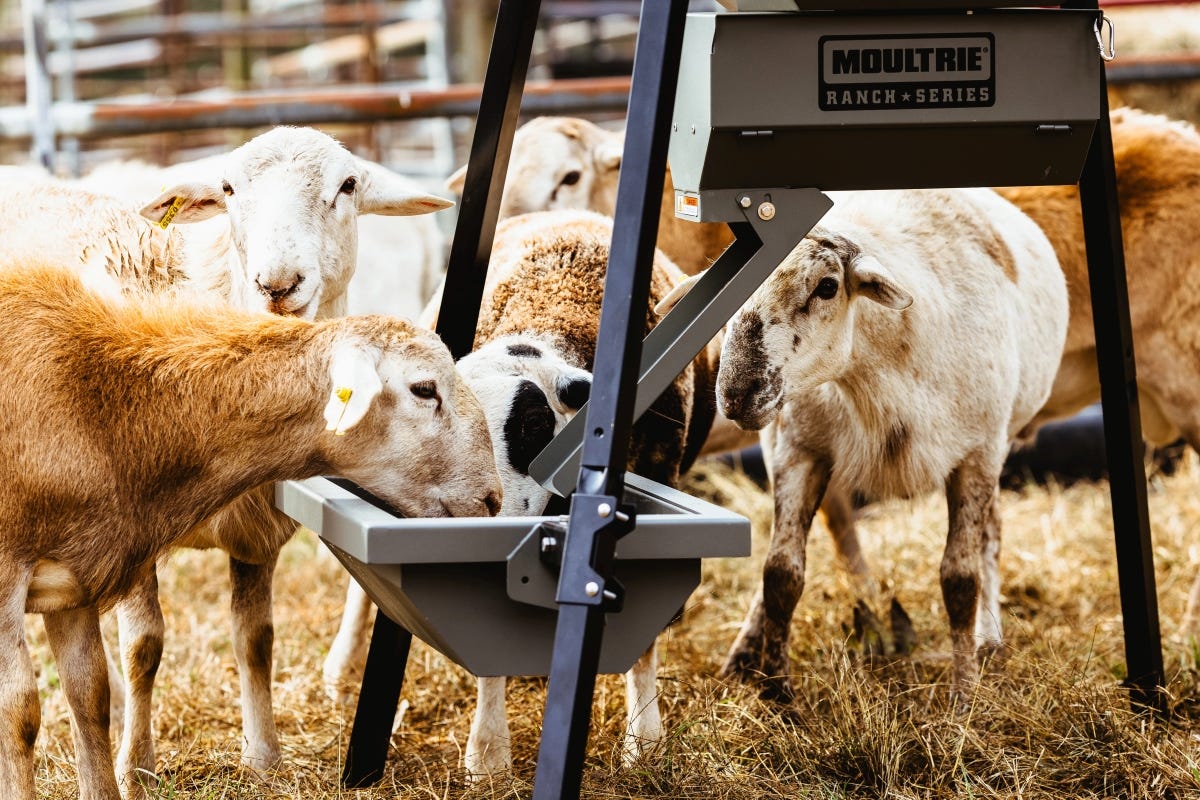- Jul 23, 2014
Know Your Dirt
Growing a good food plot isn’t that difficult. All it takes is some open ground, a few pieces of equipment, and a sack of seed. Growing high-quality food for wildlife, however, takes a little more effort. You have to know your dirt and you must know what you need to make it just right for the seeds you plant. More often than not, soil needs to be amended with the proper amount of fertilizer and lime. That means you should conduct a soil test before you spread even one bag of fertilizer. It’s one of the first things veteran food plotters do before they turn dirt, and it’s often the first thing farmers do before they plant seed.
Soil Tests Defined
A soil test can tell you what’s right and what’s wrong with your dirt. In most cases, you’ll get a report that explains how much lime to spread and how much of each type of fertilizer to put on your plots. The best soil tests are plant-specific. That is, you tell the lab what you are going to plant and they’ll send you a form with recommended amendments for that specific plant.
Soil test kits are available from farm supply stores, agricultural extension offices, and various food plot seed companies. They generally include a bag or box for your dirt, instructions, and a form for the various information needed to get you results. You’ll get back a form that tells you how much nitrogen, potassium, phosphorous, and lime your soil requires in order to grow the best food plots with the healthiest plants. Test results might include ratios in pounds per acre, as in 20 pounds of nitrogen per acre, or in pounds per 1,000 square feet.
Home test kits are available at garden and major hardware stores, but they only give you a general idea of your soil’s deficiencies. Instead, opt for one conducted by a professional lab that tailors the recommendations to your specific needs. They cost about $15 to $20. It’s a bargain compared to the cost of fertilizer you might buy but not need, saving you lots of money in the long run.
Test It Now
Don’t wait to conduct a soil test. You’ll be one of countless other hunters, farmers, and gardeners who submit samples right before the planting season, creating a backlog of tests for the lab. Instead, buy a kit now, gather dirt, and send in the sample as soon as you can. That speeds up the results and will help you grow high-quality whitetail deer food because you’ll know what you need long before it’s time to plant.
Lime can take several months to fully affect the soil, so it needs to be spread well before you sow your plot seeds. Fertilizer, on the other hand, should be spread as close to the same time you spread your seed as possible.
If You Must Scrimp
The most important amendment to any whitetail deer food plot or turkey food plot is lime. It changes the soil’s pH level by neutralizing naturally occurring acids. It’s relatively inexpensive compared to fertilizer, especially if you buy it in bulk from your local farm supply store. In fact, many experts agree that if you must cut corners, cut back on fertilizer. Lime helps plants absorb existing nutrients from the soil. Without a proper pH level, any fertilizer you spread will have a reduced effect on plants. Unhealthy plants are far less attractive to whitetails, and a plot that isn’t properly fertilized and limed will produce poor results. Pelleted lime is much easier to spread than powdered lime with an ATV-mounted spreader like those available from Moultrie, so if you don’t need to cover a large area, buy bagged, pelleted lime.
Know Your Dirt
Amending the soil to the proper nutrient and pH level is critical, but so is knowing your soil type. Some food plot plants such as clover, for example, grow best in heavy, clay-based soil that holds moisture. Others, like alfalfa and even turnips, do better in looser or sandier ground that is well-drained, and they are a good choice for high ground that might not hold moisture.
Using the wrong plant in the wrong soil can result in a marginal food plot or even a complete failure. Clover, for example, can tolerate lots of water. Turnips, on the other hand, might end up rotting before they reach their full potential if they are exposed to too much water.
If you aren’t sure what you are working with, take a sample to your county agricultural extension office. The staff can offer professional advice that can put you on the path to top-notch whitetail deer hunting.






